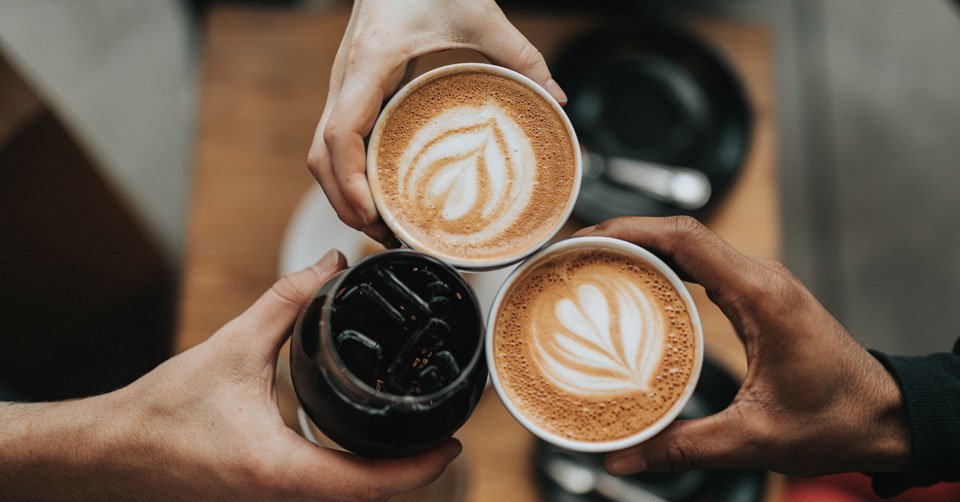The Welsh costume is more than just traditional attire—it symbolizes Wales’ rich cultural history and national pride. Worn during various celebrations and festivals, the Welsh costume has evolved over centuries but remains a strong symbol of the country’s heritage. Whether it’s St. David’s Day, the Eisteddfod, or other cultural events, these costumes tell a story of Wales’ past and its ongoing celebration of identity.
History of the Welsh Costume
Origins and Evolution of Welsh Traditional Dress
The origins of the Welsh costume can be traced back to the rural and industrial history of Wales. Initially, Welsh attire was practical, and designed for the everyday needs of farmers and workers. Over time, however, these simple garments became more elaborate, especially in the 19th century, as Wales began to celebrate its unique identity through cultural festivals like the Eisteddfod.
Key Historical Events That Shaped the Welsh Costume
The Welsh costume became a powerful symbol during the rise of Welsh nationalism in the 19th century. As the country moved through industrialization and social change, the traditional dress evolved into a form of protest and pride, celebrating the nation’s distinct culture. During the 1800s, the costume became synonymous with Welsh women’s national identity, especially when worn during St. David’s Day celebrations.
Components of a Traditional Welsh Costume
The Welsh Lady Costume
Dress: The iconic Welsh Lady’s dress is long and typically made of dark-colored wool. It represents the country’s rural past and the importance of wool as a local industry. The dress is often simple but adorned with intricate details such as lace or embroidered patterns.
Shawl: The shawl is a key component of the Welsh costume. Made from wool, it can feature beautiful, handmade patterns that vary by region. The craftsmanship of the shawl is an essential part of the tradition, often passed down through generations.
Hat: The Welsh bonnet, or “Cawl” hat, is one of the most recognizable aspects of the Welsh costume. Traditionally, it is a wide-brimmed black hat with a pointed crown, symbolizing the strong women of Wales.
Male Welsh Costume
The male Welsh costume is more understated compared to the women’s attire. It typically consists of a shirt, waistcoat, trousers, and boots. The traditional Welsh man’s outfit often includes a wide-brimmed hat and sometimes a walking stick. This attire reflects the practical, working-class roots of Welsh society.
Modern Interpretations and Variations
Contemporary Adaptations of the Welsh Costume
While the traditional Welsh costume is still worn during festivals and national holidays, many modern Welsh people incorporate elements of the costume into their daily lives. For example, modern Welsh women may wear contemporary versions of the shawl, while men often sport Welsh-inspired accessories like scarves or hats.
Welsh Costume in Fashion
The traditional Welsh costume has also inspired designers in the fashion world. The distinct patterns of Welsh wool, the bold color choices, and the historical significance of the attire have all influenced modern Welsh fashion. Welsh designers often blend elements of the traditional costume with contemporary styles to create unique and modern looks.
Welsh Costume in Festivals and Events
St. David’s Day Celebrations
St. David’s Day, celebrated on March 1st, is one of the most important days for showcasing the Welsh costume. On this day, people across Wales wear their traditional Welsh attire to honor their patron saint, Saint David. Parades, performances, and festivals take place, and the Welsh costume is worn proudly in schools, villages, and cities throughout the country.
Eisteddfodau and Folk Festivals
Eisteddfodau, the national festivals of Welsh culture, celebrate music, poetry, and performance. During these events, traditional Welsh costumes are often worn by performers and attendees, showcasing Wales’ cultural heritage. These festivals emphasize the importance of preserving Welsh traditions, including the wearing of traditional costumes.
Craftsmanship and Making of Welsh Costumes
Traditional Techniques and Materials
The making of Welsh costumes is an art form. Historically, wool was the primary material used, with the Welsh wool industry being a significant part of the country’s economy. The intricate patterns on shawls and dresses were often handwoven, reflecting the high level of craftsmanship involved. Embroidery and other decorative techniques also played a role in creating the iconic designs seen in traditional Welsh attire.
Modern-Day Welsh Costume Makers
Today, many artisans and companies continue to craft Welsh costumes by hand, using traditional methods. These craftsmen maintain the integrity of the Welsh costume while also adapting to modern tastes and needs. Some of the most well-known shops and designers specialize in creating bespoke Welsh costumes, offering a personalized touch for those looking to embrace their heritage.
Where to Buy or Rent a Welsh Costume
Traditional Stores and Online Shops
For those looking to purchase or rent a Welsh costume, several shops in Wales and online specialize in authentic Welsh attire. Many of these stores offer everything from complete outfits to individual components like shawls, hats, and dresses. Popular online stores like “Welsh Wool” or “Welsh Gifts” feature high-quality, handmade items perfect for festivals or special events.
Custom-Made Welsh Costumes
If you’re looking for something unique, many artisans offer custom-made Welsh costumes. These bespoke outfits are designed to fit your measurements and preferences, allowing you to create a truly personal piece of Welsh heritage. Custom Welsh costumes can be made to reflect specific regional styles or historical periods, ensuring authenticity and quality.
The Significance of Welsh Costume in Cultural Identity
Symbol of National Pride
The Welsh costume is a powerful expression of national pride. Wearing the Welsh costume is a way for the people of Wales to connect with their past, celebrate their culture, and share their heritage with others. Whether it’s during St. David’s Day or at a local festival, the Welsh costume remains a key part of Welsh identity.
Welsh Costume in the Global Context
The Welsh costume has also spread beyond Wales, especially among Welsh expatriates and descendants. Communities around the world, from the United States to Australia, wear the Welsh costume during cultural celebrations, keeping their heritage alive and introducing Welsh traditions to new generations.
Conclusion
The Welsh costume is much more than a traditional outfit; it is a living symbol of Wales’ rich cultural history and its continued celebration of identity. From its historical roots in rural life to its modern-day adaptations, the Welsh costume continues to play a vital role in cultural festivals and personal expressions of pride. As Wales moves forward into the future, the Welsh costume remains an enduring symbol of a nation with a proud heritage and a bright future.
Meta Description
Explore the rich history and significance of the Welsh costume. Learn about its components, evolution, and its role in cultural celebrations like St. David’s Day and the Eisteddfod. This article is designed to be informative, clean, and easy to read, offering insights into the history, cultural importance, and modern-day relevance of the Welsh costume. The content is structured to optimize for SEO, using relevant keywords like “Welsh costume,” “traditional Welsh dress,” and “St. David’s Day costume,” which will help attract both search engines and interested readers.




